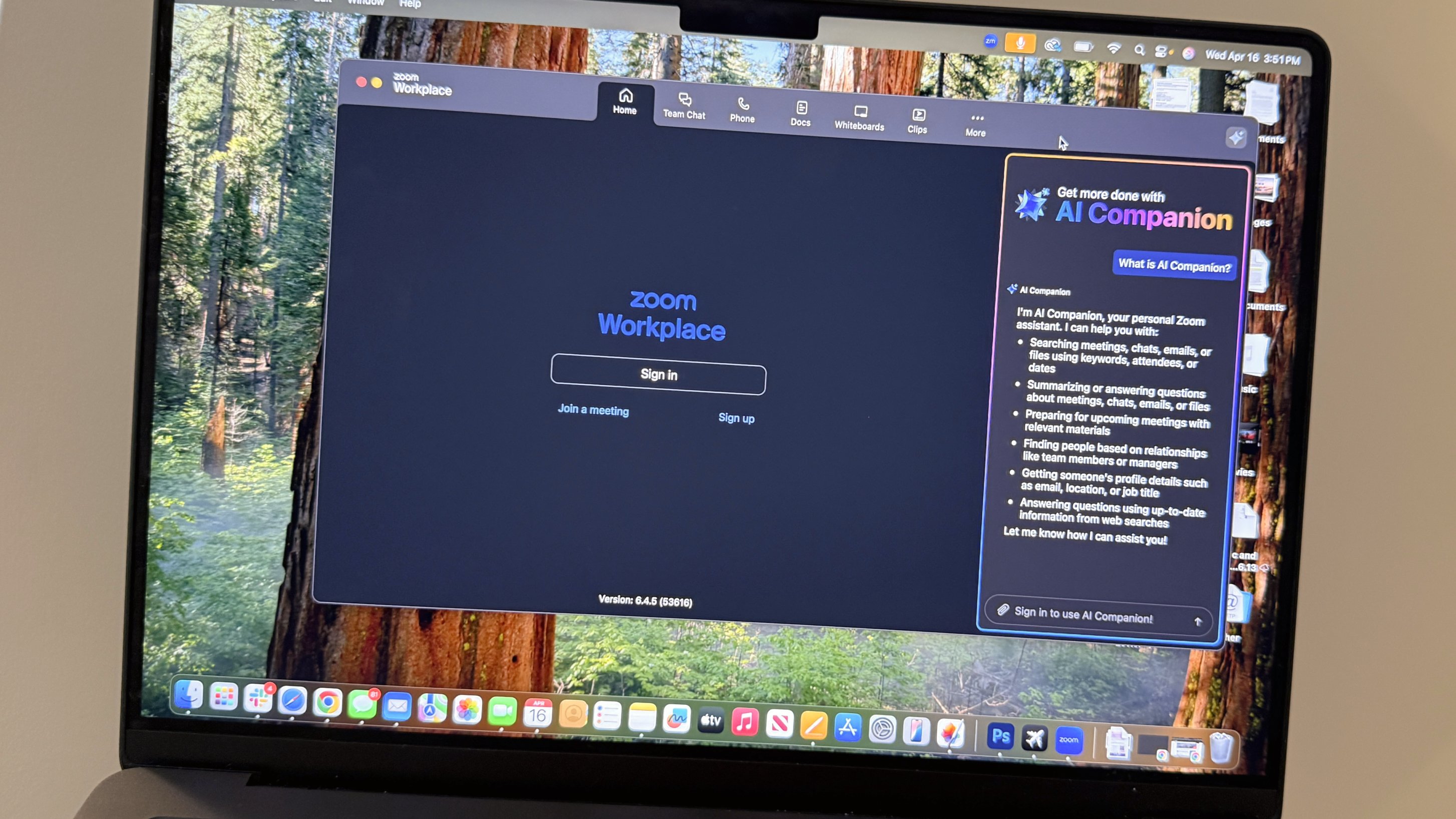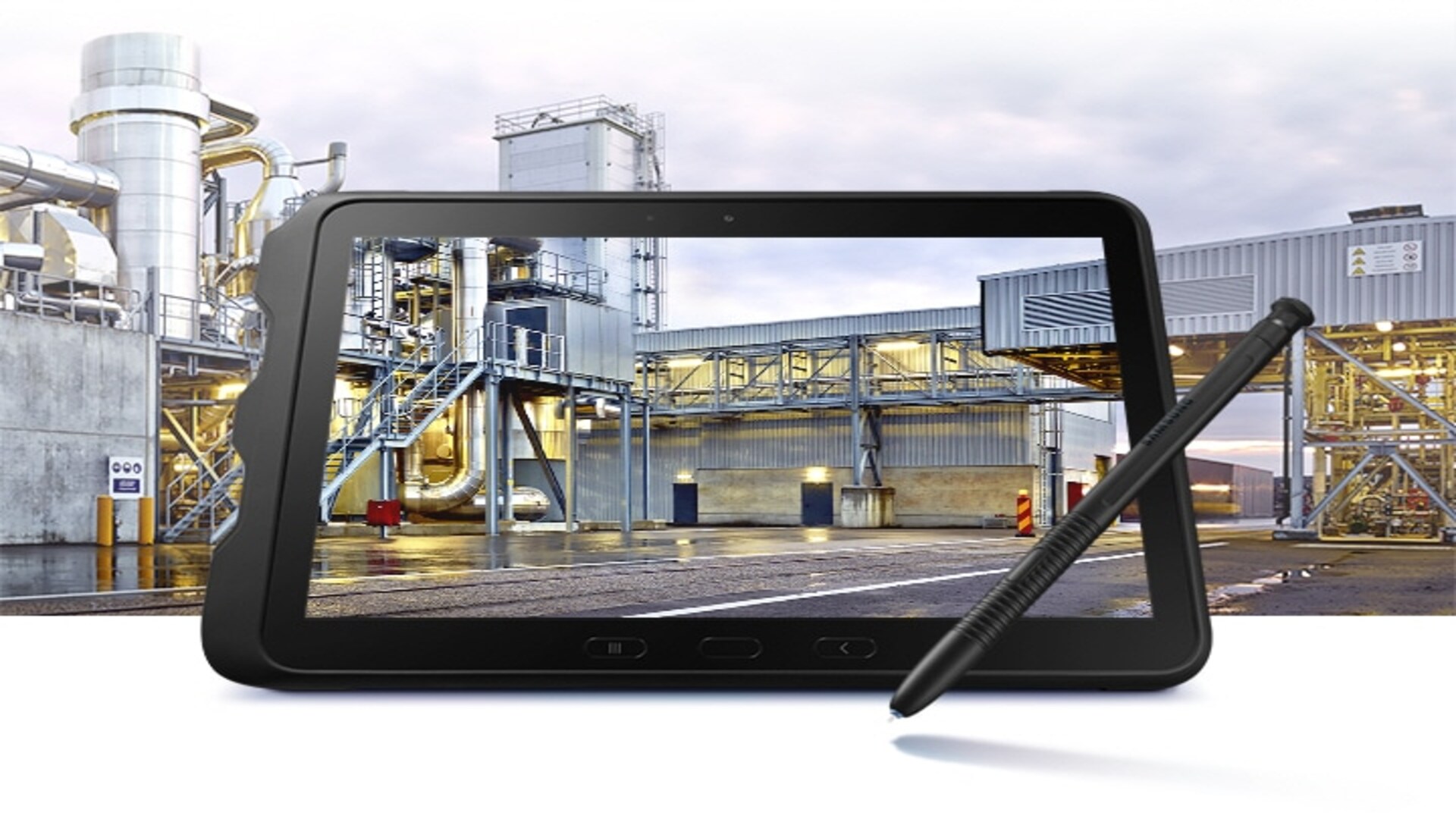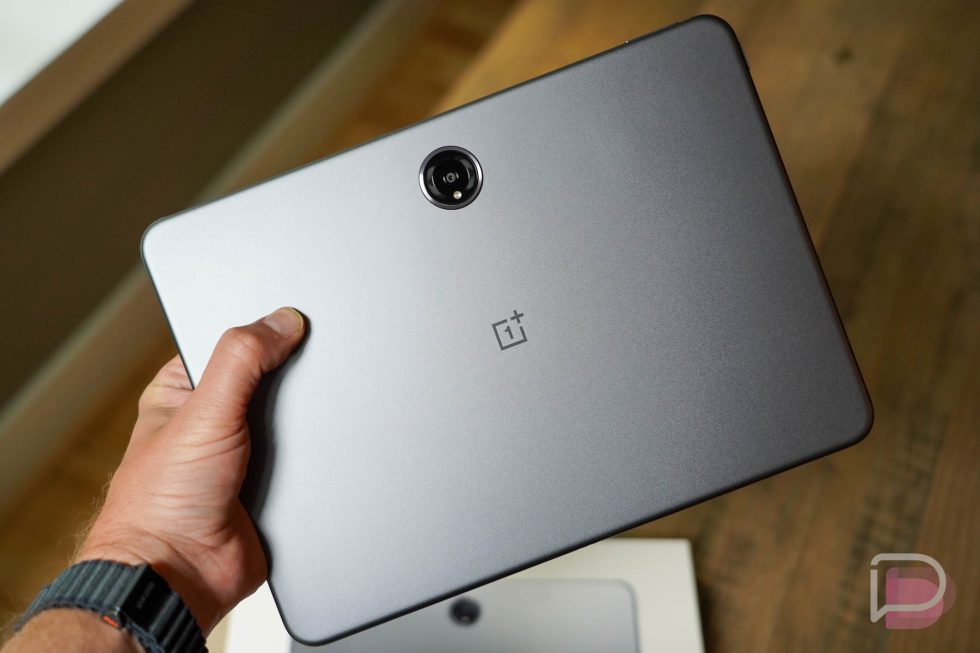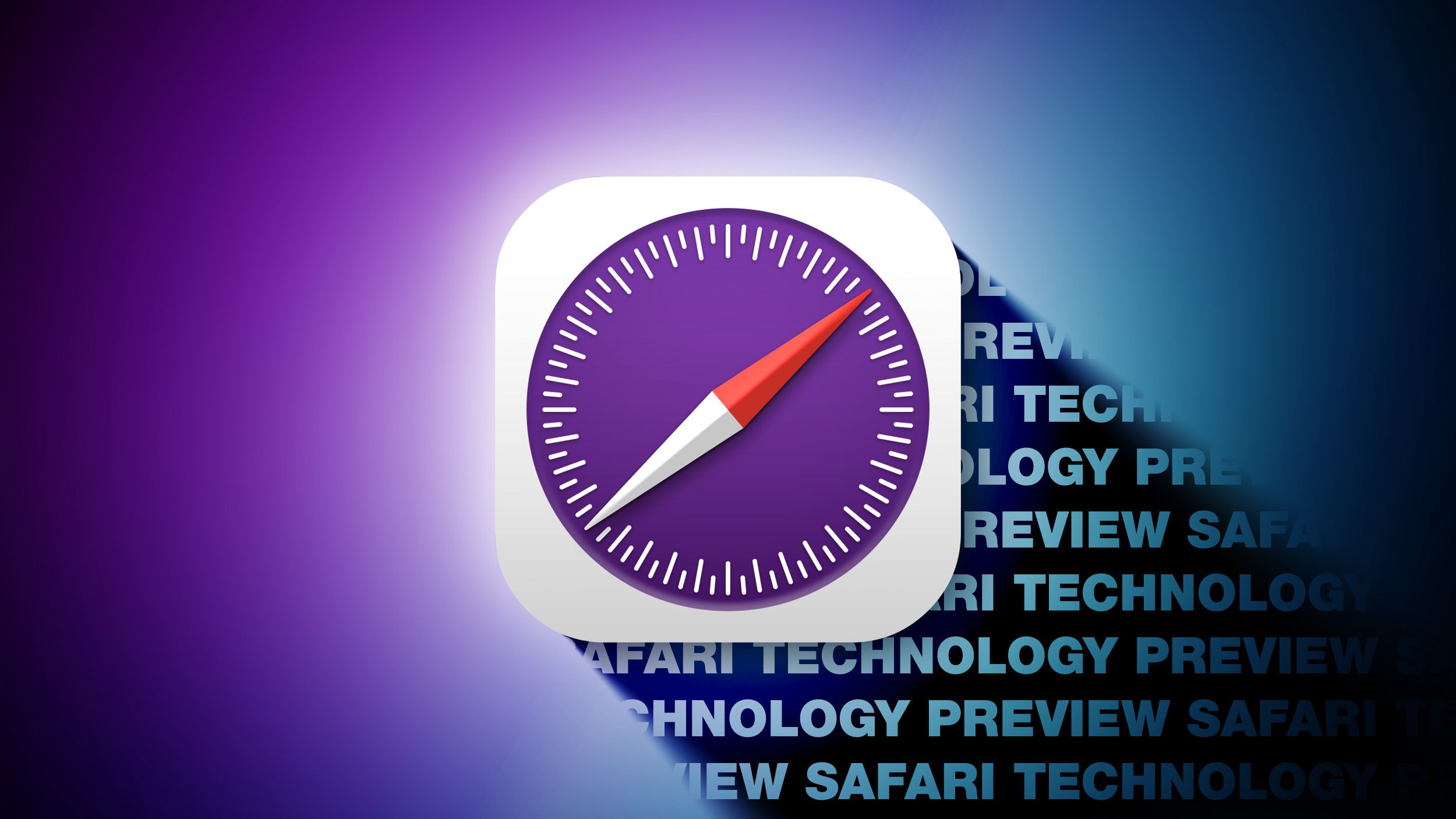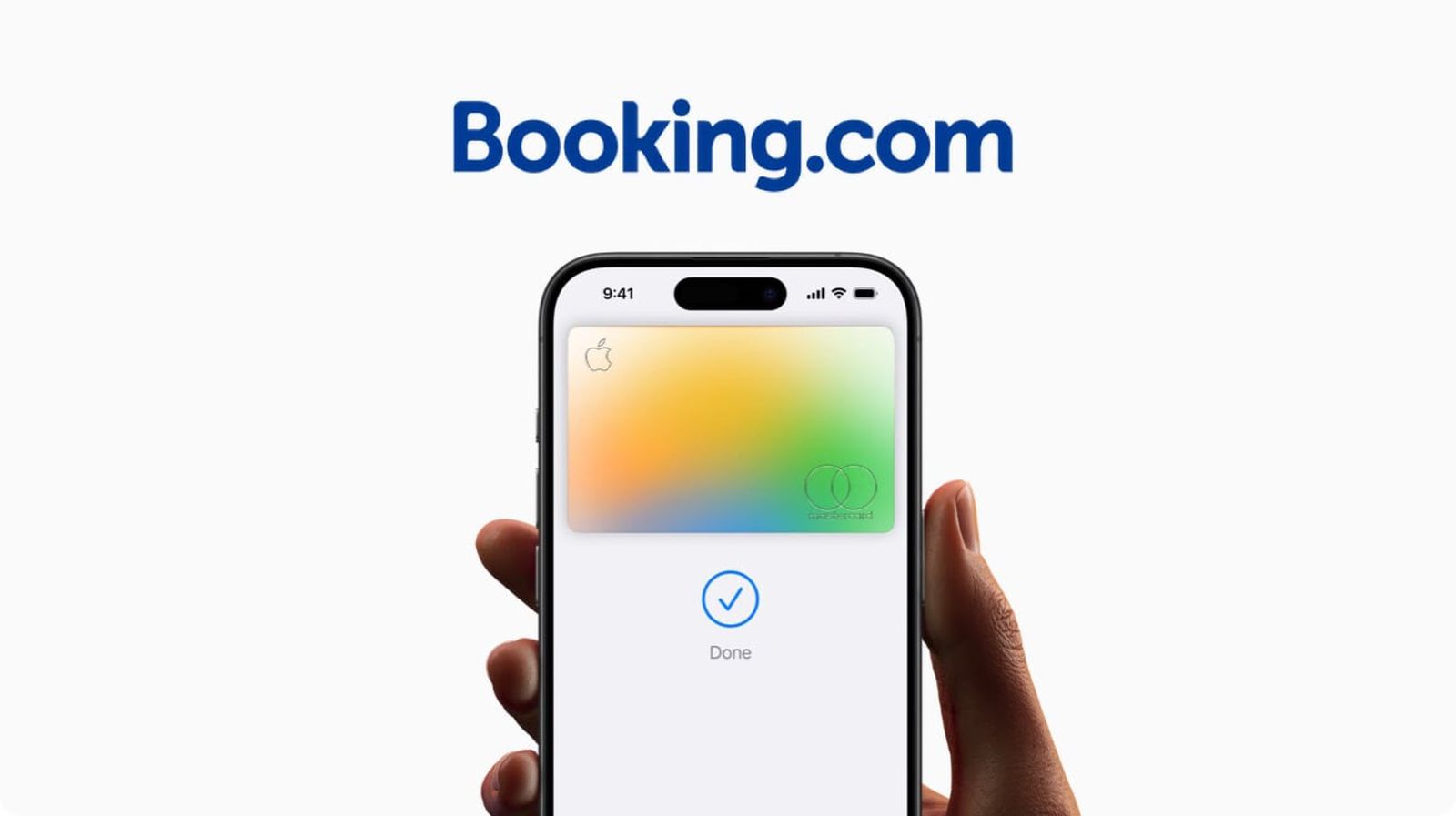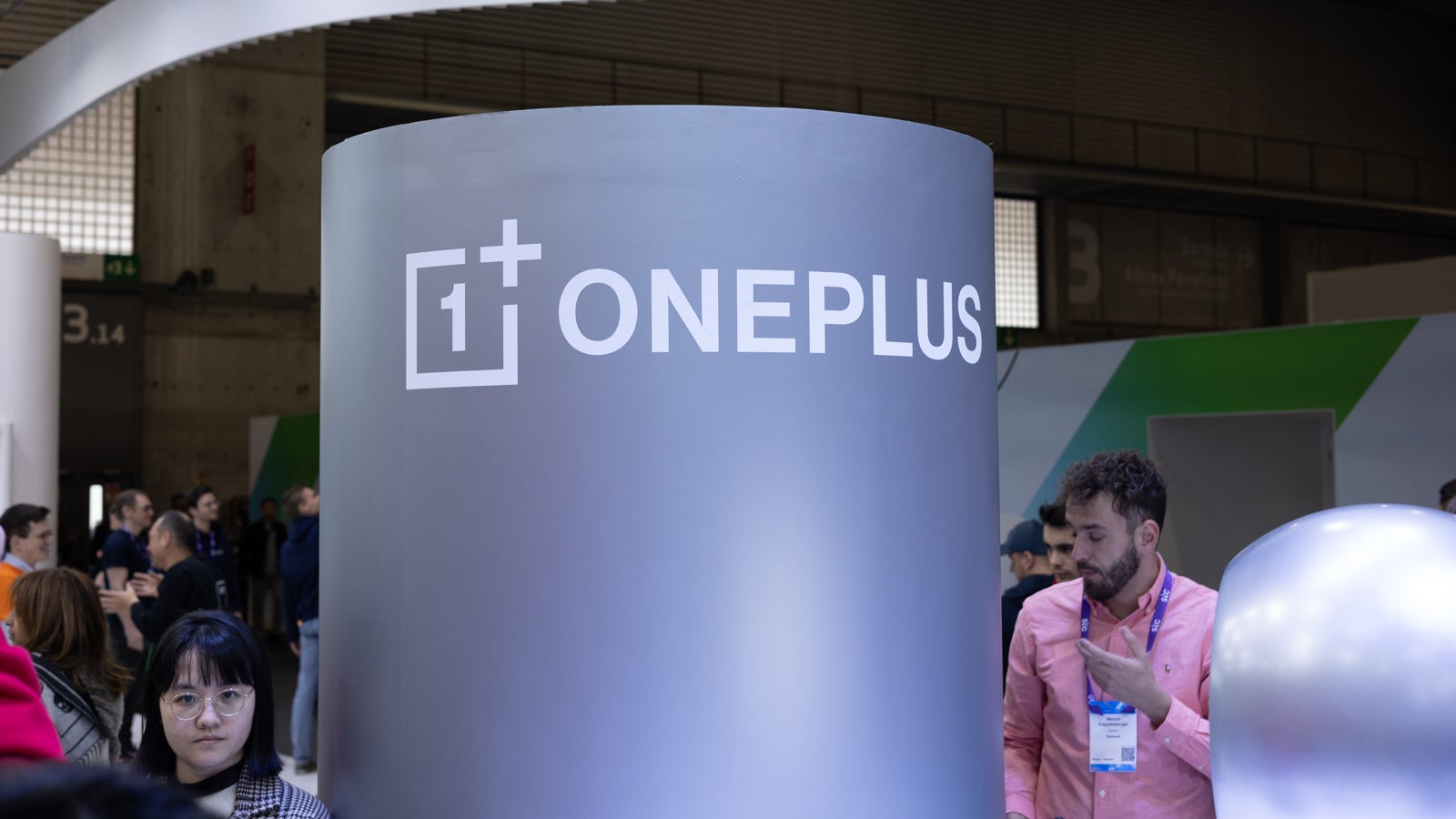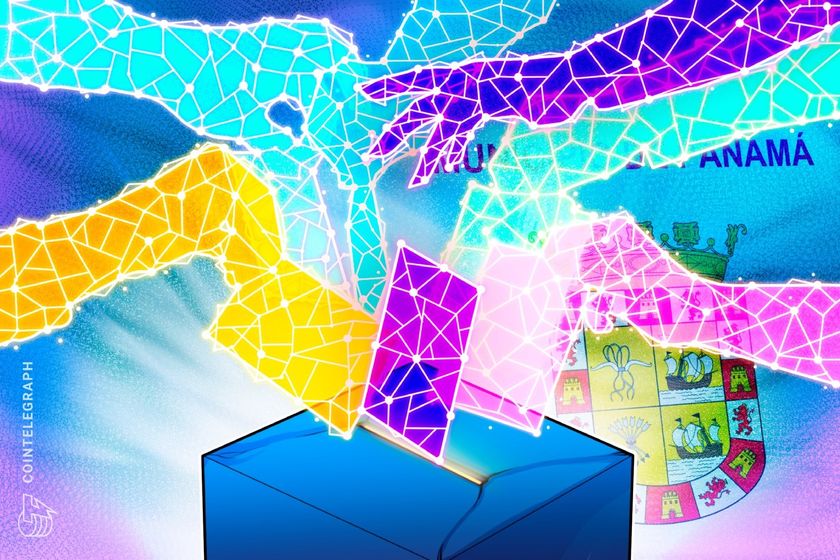AI Holobox Technology 2025: Transforming Human Interaction with 3D Intelligence
Introduction AI Holobox Technology 2025 is revolutionizing the way we communicate, learn, and engage with digital environments. As the boundaries between the virtual and physical world continue to blur, AI-powered Holoboxes are emerging as a game-changing tool across industries such as entertainment, education, marketing, and customer engagement. In this article, we explore the top applications, innovations, and future of AI Holobox technology in 2025—and how it's reshaping the digital landscape. What is AI Holobox Technology? AI Holobox is a cutting-edge 3D holographic projection system enhanced by artificial intelligence. It allows lifelike holograms of people, objects, and environments to be displayed in real-time, offering immersive experiences that go beyond screens. Integrated AI enables these holograms to interact, respond, and learn, creating an intelligent virtual presence. Top Applications of AI Holobox in 2025 1. Virtual Meetings & Remote Collaboration With remote work now a standard in many industries, AI Holobox enables employees to appear as life-size holograms, adding human touch and body language to digital meetings. 2. Education and Training AI Holoboxes bring virtual teachers, 3D models, and interactive simulations into classrooms, making complex topics easier to understand. 3. Retail & Customer Engagement Brands are deploying Holoboxes to create virtual shopping assistants or display products in 3D, enhancing customer experience and reducing the need for physical inventory. 4. Healthcare Consultations AI Holoboxes allow for remote medical consultations with 3D visualizations, enhancing diagnosis and doctor-patient interactions. 5. Entertainment and Live Events Musicians, actors, and speakers can appear globally via hologram, powered by AI that adapts to audience engagement in real-time. AI-Driven Personalization AI Holoboxes in 2025 are equipped with emotion recognition, natural language processing, and real-time adaptation. This allows them to offer personalized responses, making digital interactions more human-like. For example, a virtual teacher can change tone based on student behavior or a sales hologram can recommend products based on past behavior. How AI Holobox is Disrupting Marketing Forward-thinking brands are using AI Holobox to: Launch products with interactive 3D demos Create immersive storytelling experiences Run 24/7 virtual showrooms Personalize content dynamically for users based on AI analytics Companies that are early adopters of Holobox tech in 2025 are seeing improved conversion rates and engagement. Challenges and Future Scope While promising, AI Holobox faces challenges including high costs, content creation limitations, and privacy concerns. However, ongoing R&D and increased accessibility of AR/VR and AI tools are expected to reduce these barriers in the next 2–3 years. In the near future, we might see: Portable Holobox units for home use Integration with blockchain for secure identity representation Real-time translation for multilingual holographic communication Conclusion AI Holobox Technology 2025 represents a new frontier in human-machine interaction. Its ability to create immersive, intelligent, and real-time holographic experiences is opening doors across every industry—from education and healthcare to marketing and entertainment. As hardware becomes more accessible and AI continues to advance, Holoboxes will likely become a core part of our daily digital lives. Brands, educators, and innovators who embrace this shift early will lead the next generation of communication. As AI Holobox technology evolves, the potential for impact is vast—reshaping not just how we communicate, but how we connect, learn, and grow in a digitally enhanced world.
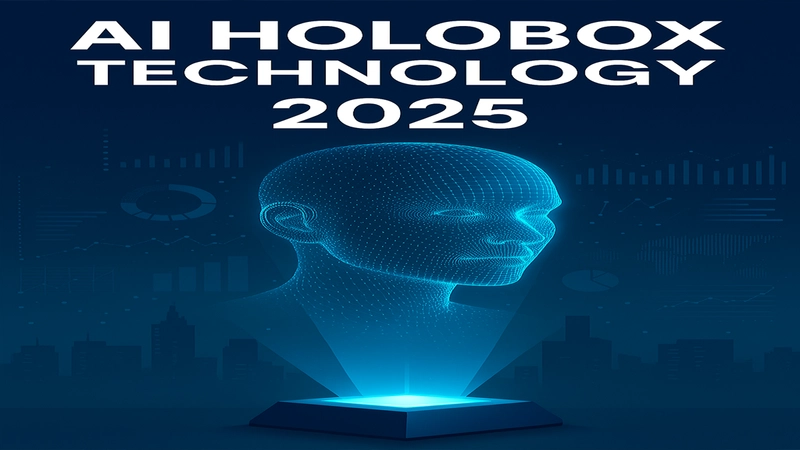
Introduction
AI Holobox Technology 2025 is revolutionizing the way we communicate, learn, and engage with digital environments. As the boundaries between the virtual and physical world continue to blur, AI-powered Holoboxes are emerging as a game-changing tool across industries such as entertainment, education, marketing, and customer engagement. In this article, we explore the top applications, innovations, and future of AI Holobox technology in 2025—and how it's reshaping the digital landscape.
What is AI Holobox Technology?
AI Holobox is a cutting-edge 3D holographic projection system enhanced by artificial intelligence. It allows lifelike holograms of people, objects, and environments to be displayed in real-time, offering immersive experiences that go beyond screens. Integrated AI enables these holograms to interact, respond, and learn, creating an intelligent virtual presence.
Top Applications of AI Holobox in 2025
1. Virtual Meetings & Remote Collaboration
With remote work now a standard in many industries, AI Holobox enables employees to appear as life-size holograms, adding human touch and body language to digital meetings.
2. Education and Training
AI Holoboxes bring virtual teachers, 3D models, and interactive simulations into classrooms, making complex topics easier to understand.
3. Retail & Customer Engagement
Brands are deploying Holoboxes to create virtual shopping assistants or display products in 3D, enhancing customer experience and reducing the need for physical inventory.
4. Healthcare Consultations
AI Holoboxes allow for remote medical consultations with 3D visualizations, enhancing diagnosis and doctor-patient interactions.
5. Entertainment and Live Events
Musicians, actors, and speakers can appear globally via hologram, powered by AI that adapts to audience engagement in real-time.
AI-Driven Personalization
AI Holoboxes in 2025 are equipped with emotion recognition, natural language processing, and real-time adaptation. This allows them to offer personalized responses, making digital interactions more human-like. For example, a virtual teacher can change tone based on student behavior or a sales hologram can recommend products based on past behavior.
How AI Holobox is Disrupting Marketing
Forward-thinking brands are using AI Holobox to:
- Launch products with interactive 3D demos
- Create immersive storytelling experiences
- Run 24/7 virtual showrooms
- Personalize content dynamically for users based on AI analytics
Companies that are early adopters of Holobox tech in 2025 are seeing improved conversion rates and engagement.
Challenges and Future Scope
While promising, AI Holobox faces challenges including high costs, content creation limitations, and privacy concerns. However, ongoing R&D and increased accessibility of AR/VR and AI tools are expected to reduce these barriers in the next 2–3 years.
In the near future, we might see:
- Portable Holobox units for home use
- Integration with blockchain for secure identity representation
- Real-time translation for multilingual holographic communication
Conclusion
AI Holobox Technology 2025 represents a new frontier in human-machine interaction. Its ability to create immersive, intelligent, and real-time holographic experiences is opening doors across every industry—from education and healthcare to marketing and entertainment. As hardware becomes more accessible and AI continues to advance, Holoboxes will likely become a core part of our daily digital lives.
Brands, educators, and innovators who embrace this shift early will lead the next generation of communication. As AI Holobox technology evolves, the potential for impact is vast—reshaping not just how we communicate, but how we connect, learn, and grow in a digitally enhanced world.




















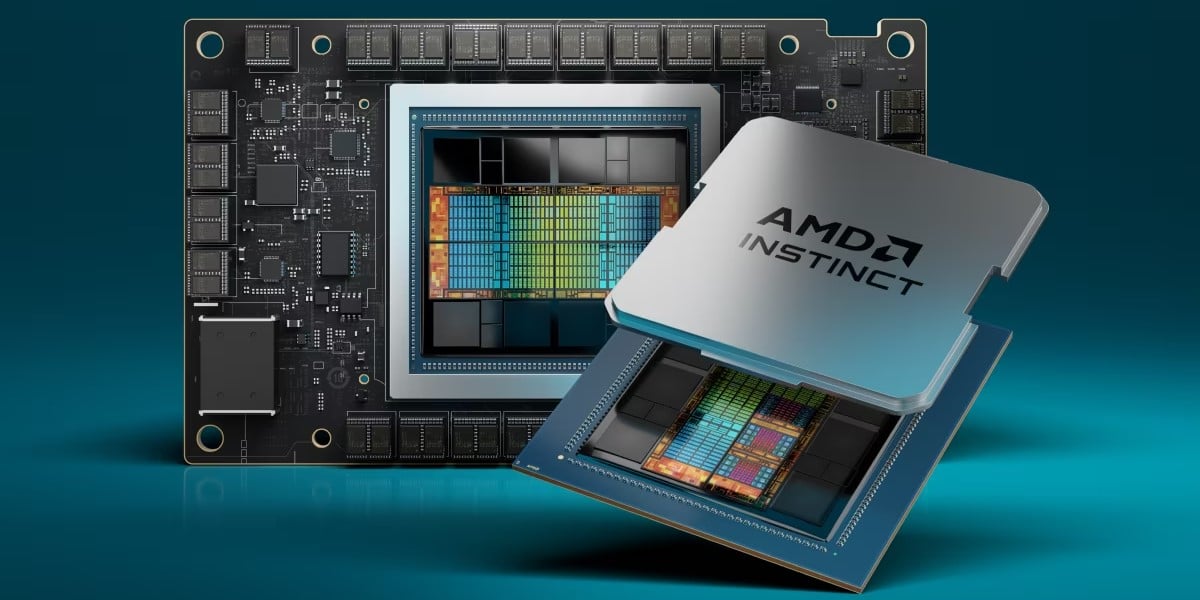





















































































































































![[The AI Show Episode 144]: ChatGPT’s New Memory, Shopify CEO’s Leaked “AI First” Memo, Google Cloud Next Releases, o3 and o4-mini Coming Soon & Llama 4’s Rocky Launch](https://www.marketingaiinstitute.com/hubfs/ep%20144%20cover.png)


































































































































































































![GrandChase tier list of the best characters available [April 2025]](https://media.pocketgamer.com/artwork/na-33057-1637756796/grandchase-ios-android-3rd-anniversary.jpg?#)




















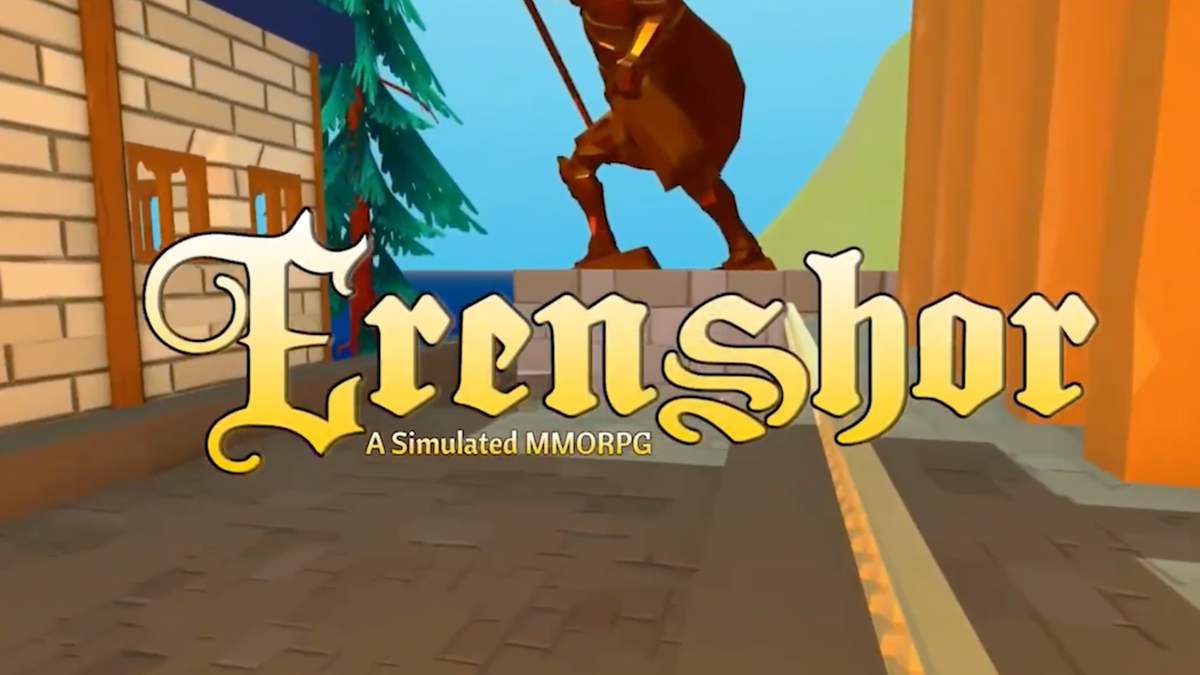























.png?width=1920&height=1920&fit=bounds&quality=70&format=jpg&auto=webp#)




























































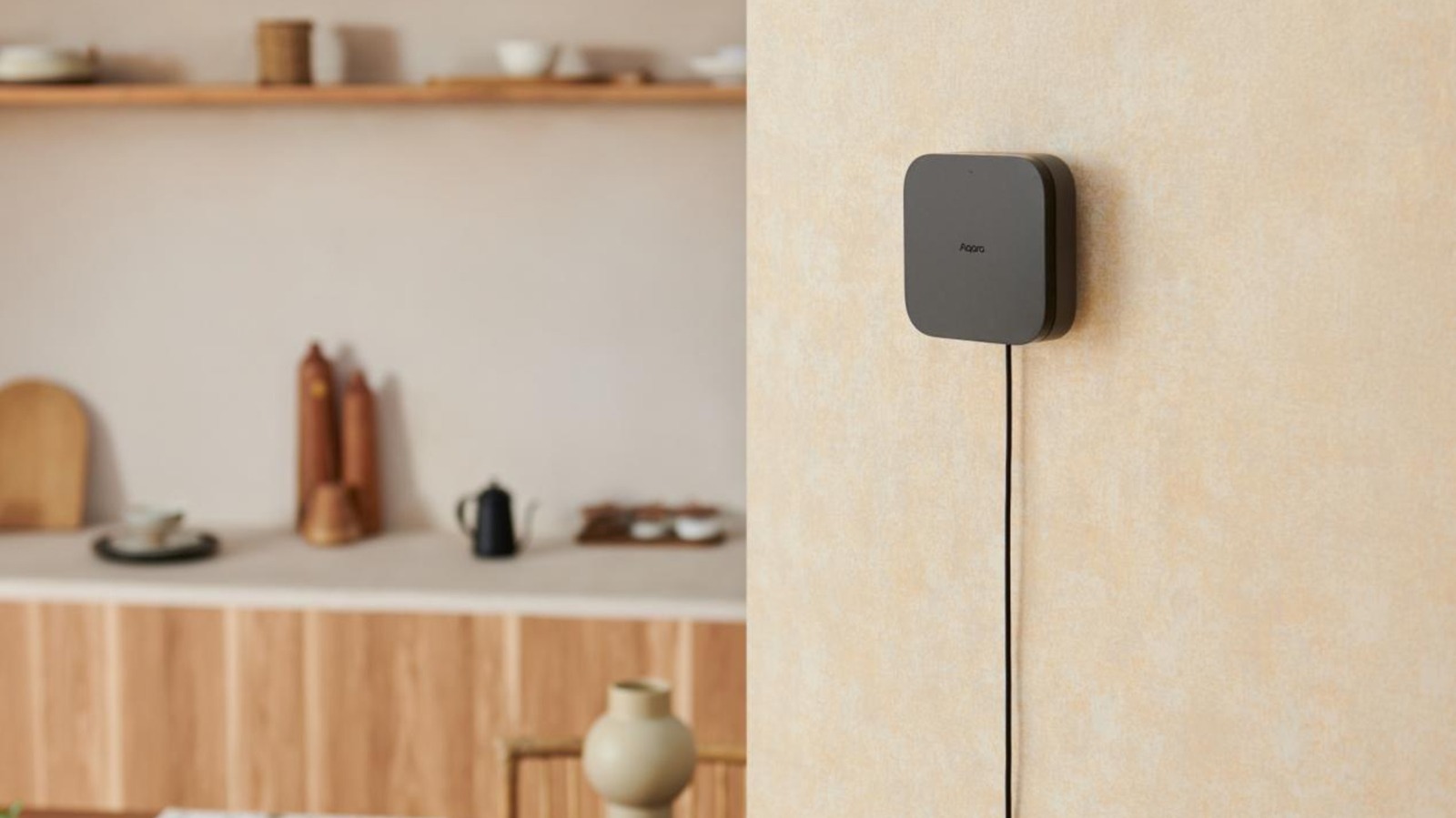

































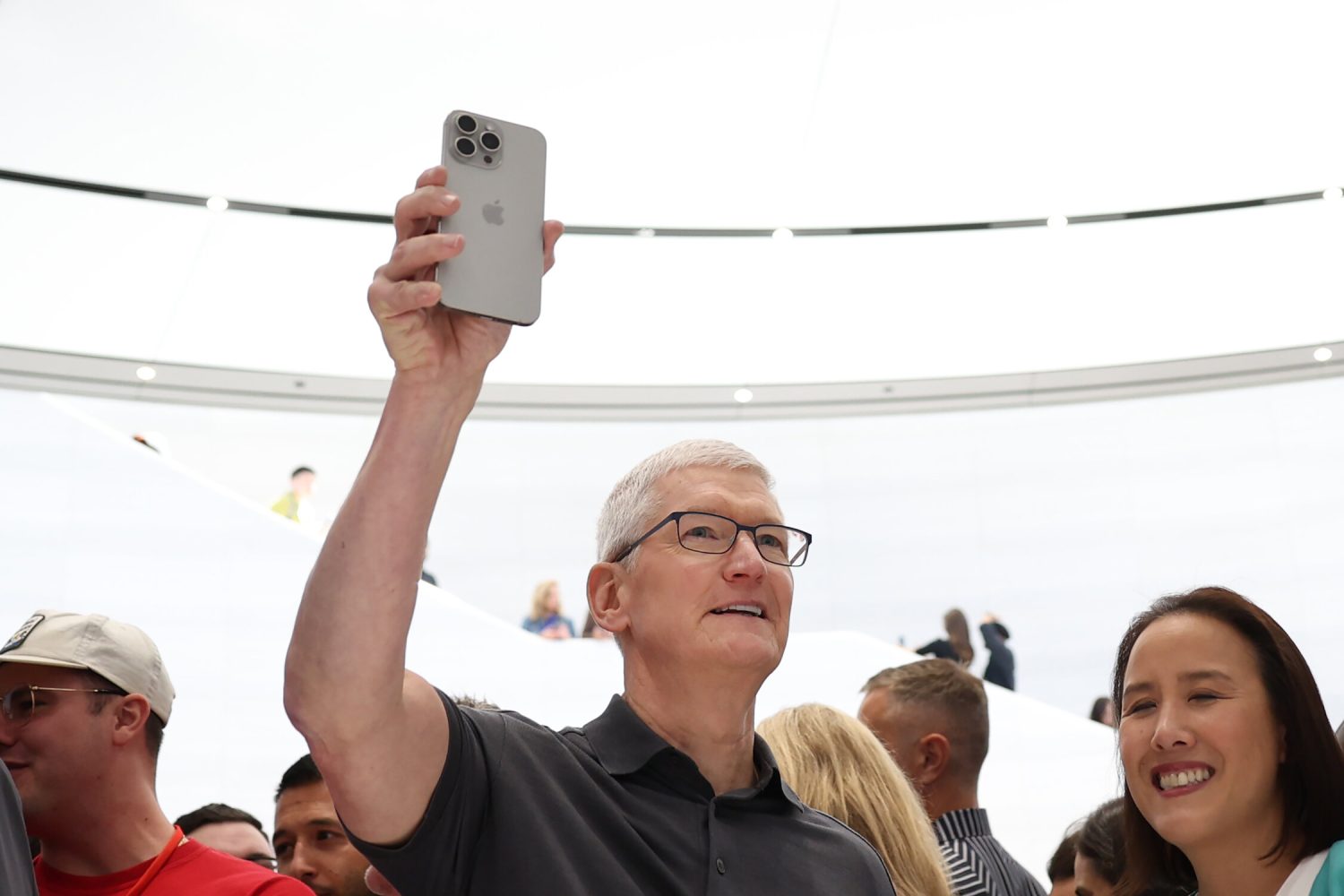


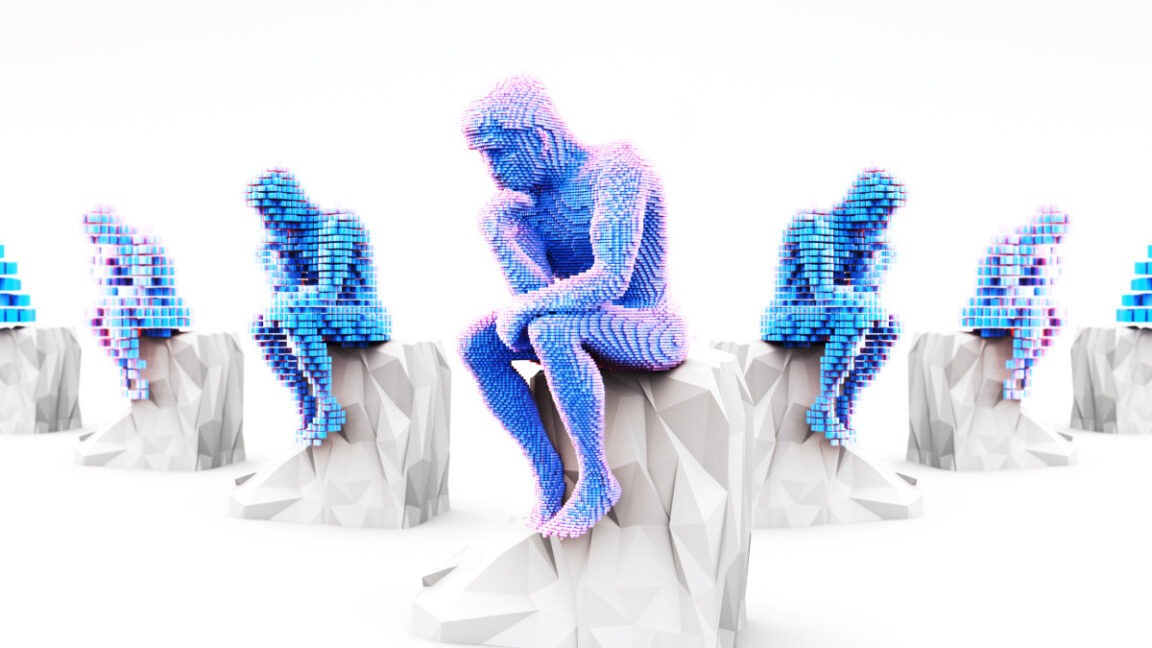


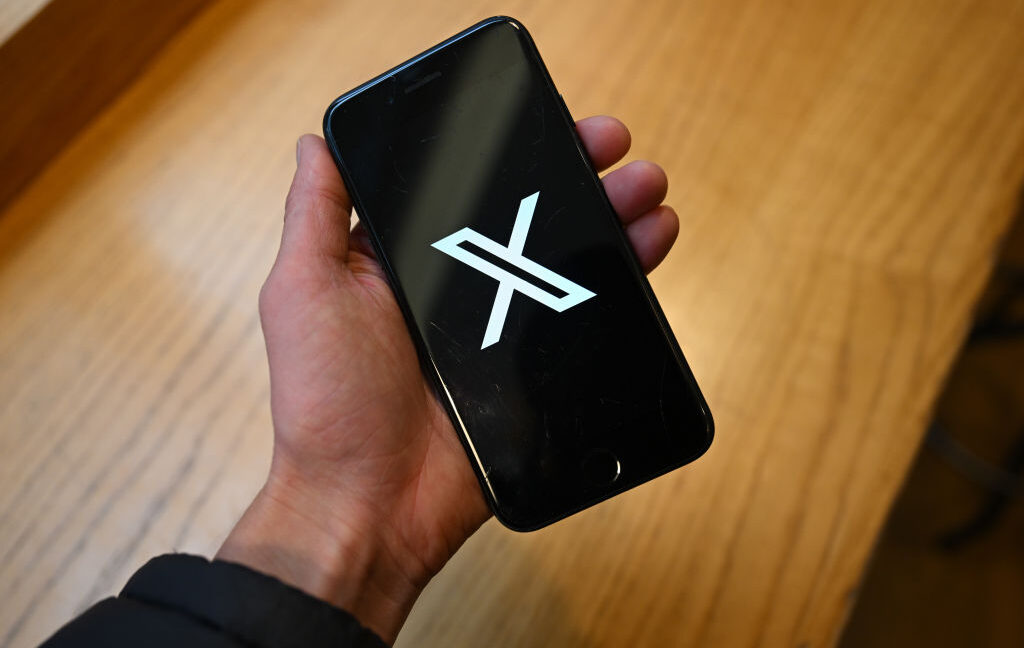
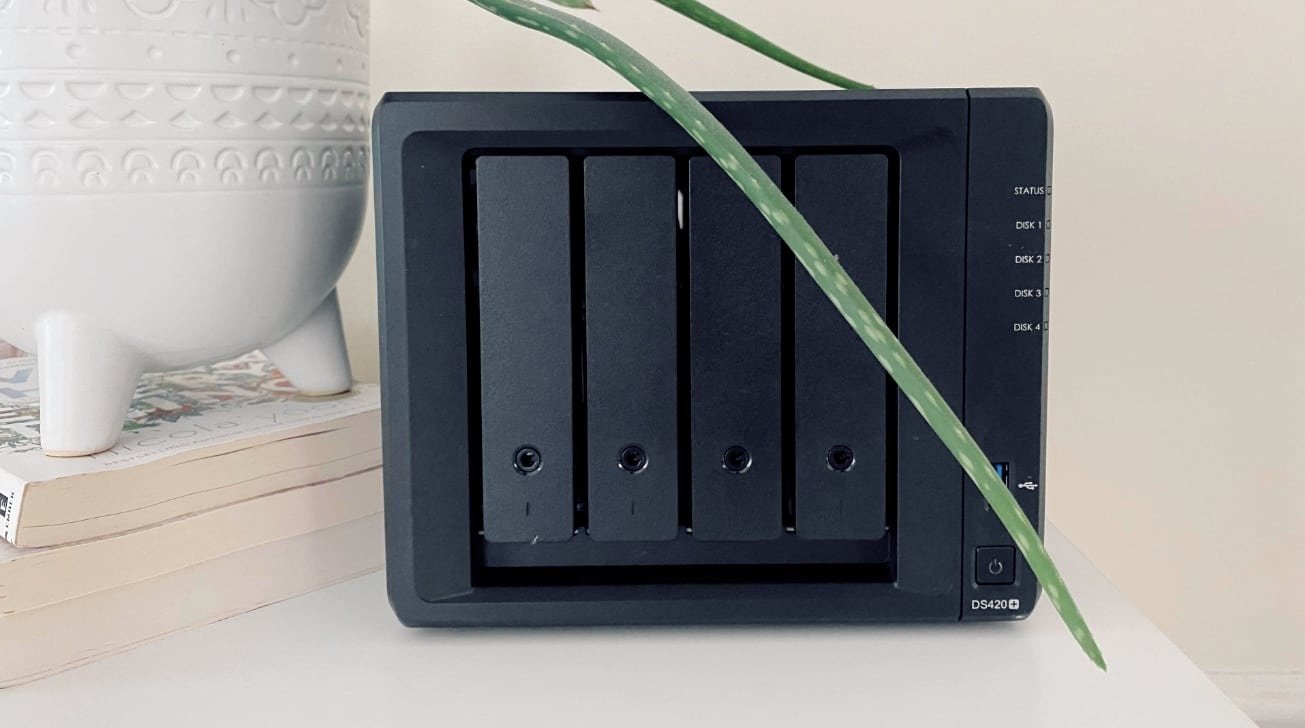

![Global security vulnerability database gets 11 more months of funding [u]](https://photos5.appleinsider.com/gallery/63338-131616-62453-129471-61060-125967-51013-100774-49862-97722-Malware-Image-xl-xl-xl-(1)-xl-xl.jpg)

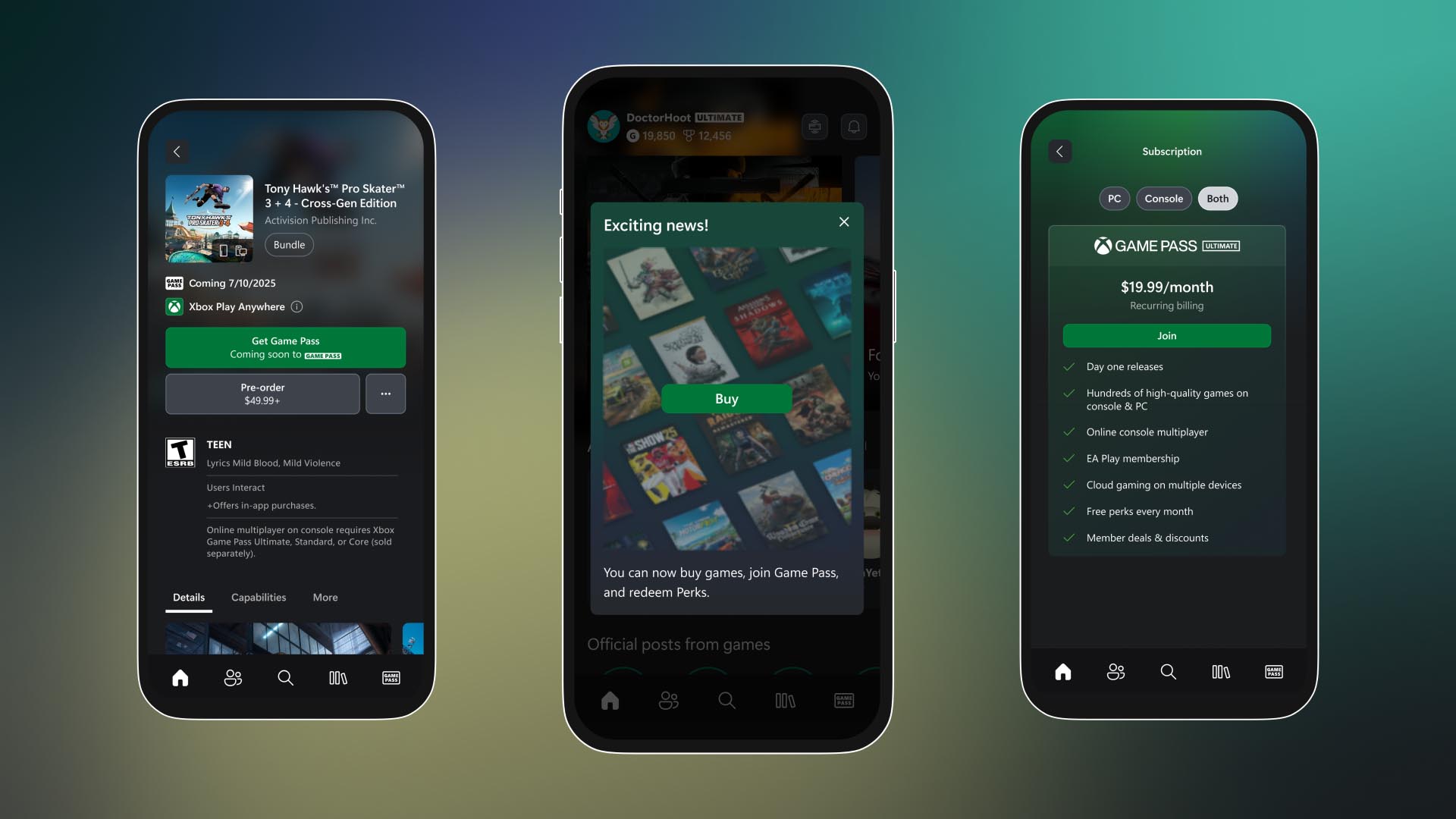
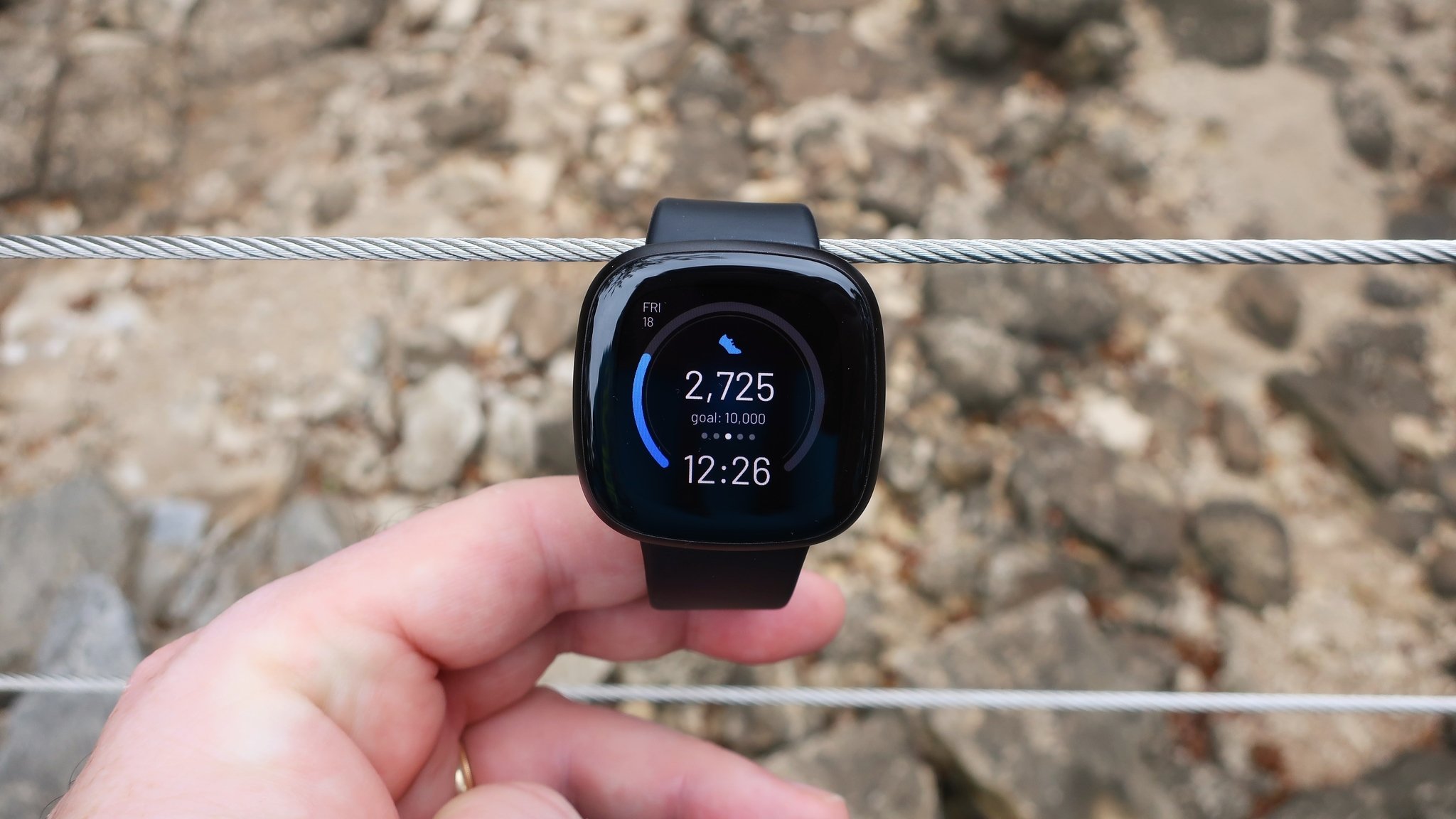

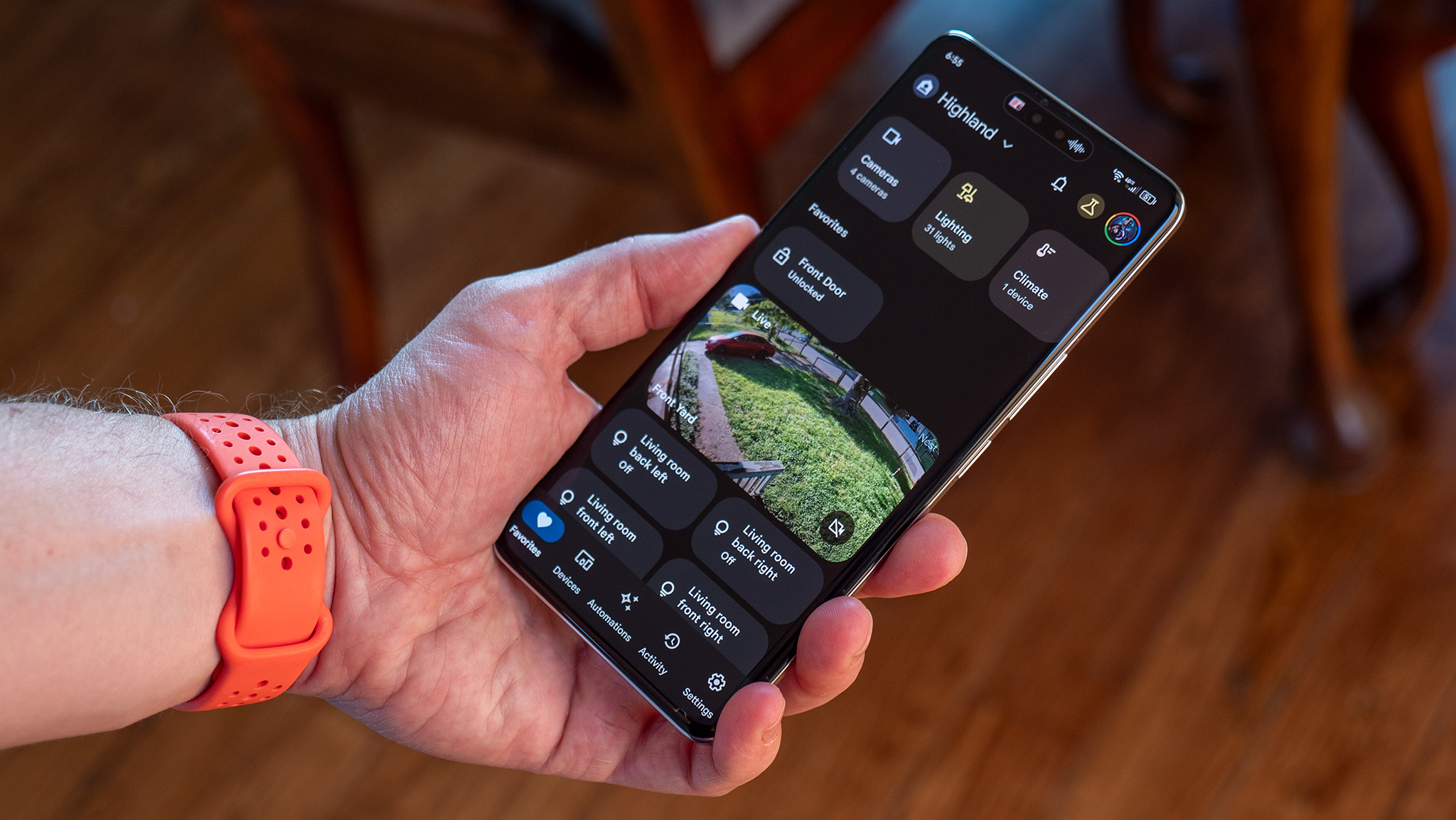

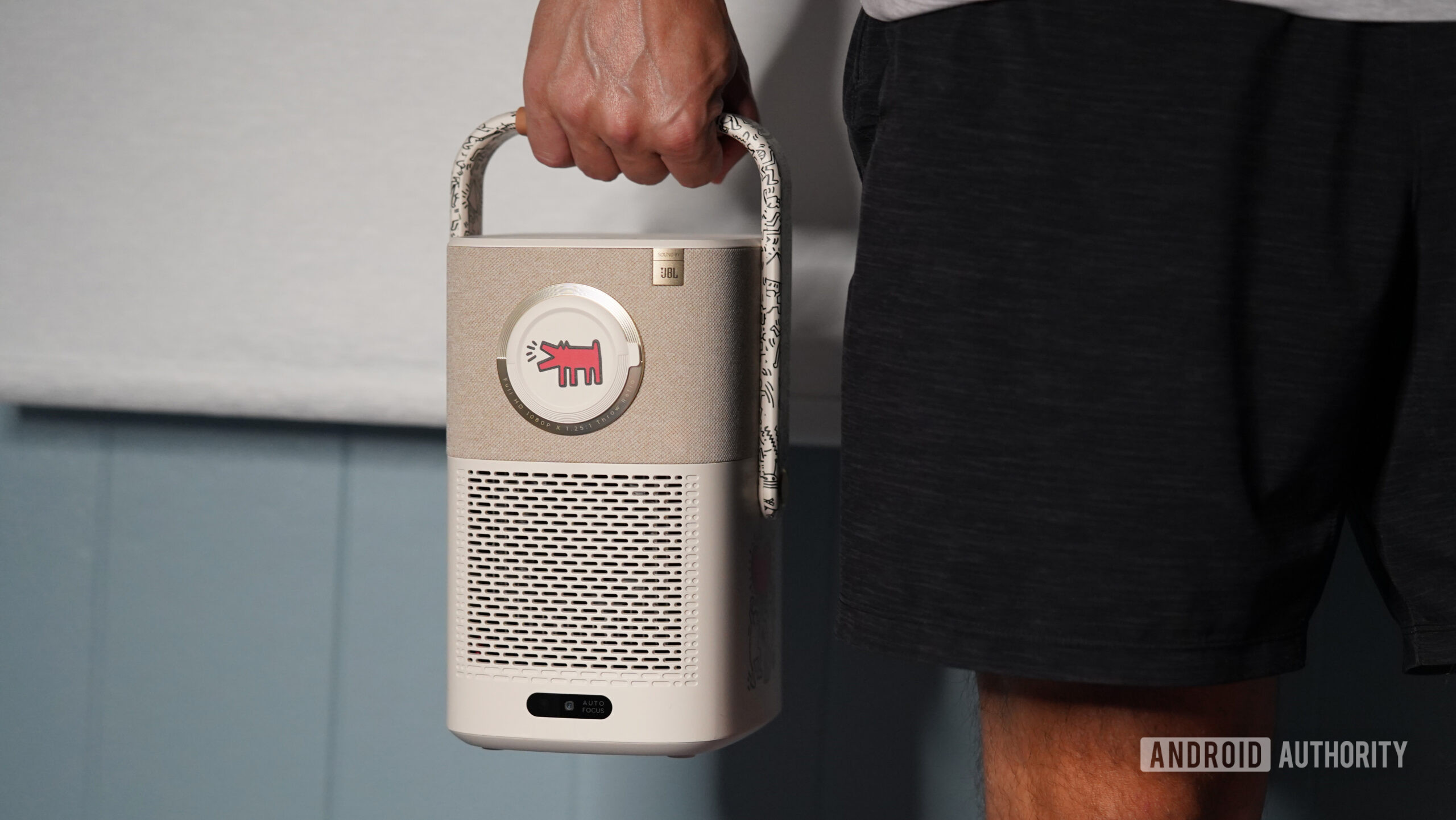



















![Apple M4 13-inch iPad Pro On Sale for $200 Off [Deal]](https://www.iclarified.com/images/news/97056/97056/97056-640.jpg)
![Apple Shares New 'Mac Does That' Ads for MacBook Pro [Video]](https://www.iclarified.com/images/news/97055/97055/97055-640.jpg)

















